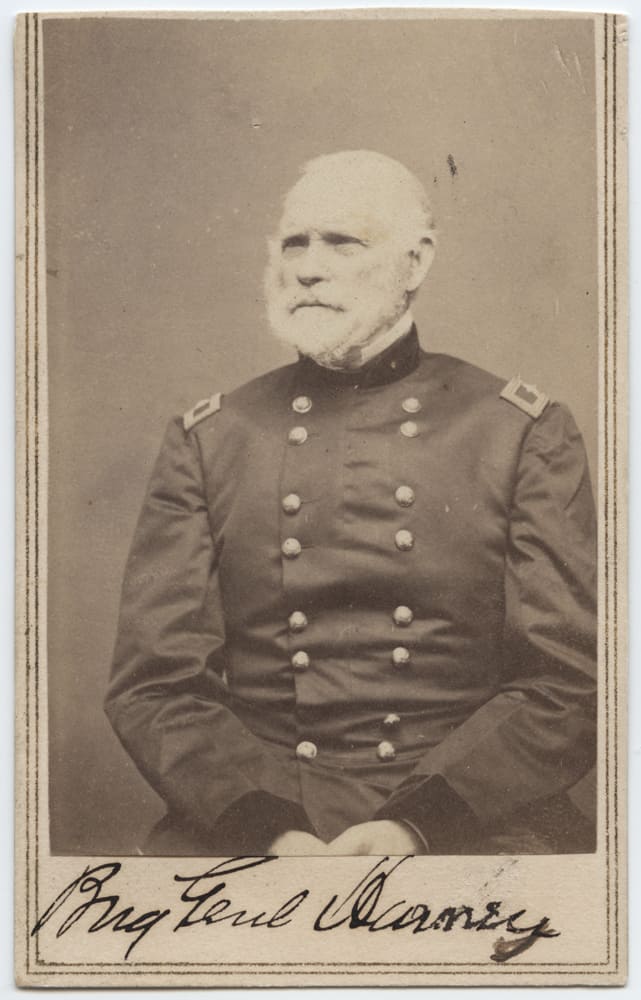
ADVERTISEMENT - CONTINUE READING BELOW
18. The Pig War of 1859 helped settle a border dispute between the United States and Great Britain
The Pig War, an armed confrontation between the United States and Great Britain, saw only one casualty, the eponymous pig. In the 1850s, both the United States and Great Britain claimed possession of the San Juan Islands, situated in the waters separating the mainland of North America and Vancouver Island. While American and British diplomats dickered and bickered over a resolution to the problem, settlers from British Canada and the United States jointly occupied the disputed territory. In 1859 an American settler, Lyman Cutlar, went to tend his potato garden. He found a pig rooting among his tubers, and rather than chase it away, he shot the hapless animal. The pig belonged to an employee of the Hudson’s Bay Company, an Irish-Canadian shepherd. The Irishman, Charles Griffin, demanded $100 in compensation for the lost pig, considerably more than Cutlar was willing to pay.
Griffin then turned to the British authorities on the island, who threatened to arrest Cutlar. Cutlar and his fellow American settlers on the island turned to the Americans for protection from the British. In British eyes, the American settlers on the islands were mere squatters, with minimal rights of occupation. The Americans considered themselves legal possessors of the land under the Donation Land Claim Act of 1850. Both nations maintained small military commands in the area to support their respective points of view, but the pig and potato dispute created tensions between British subjects and American citizens. The United States quickly dispatched a contingent of Army troops to prevent the British authorities from arresting Cutlar. Britain responded with a naval force supplemented with a contingent of Royal Marines. As it had before, the Oregon border appeared to be the casus belli for war between the US and Great Britain.

